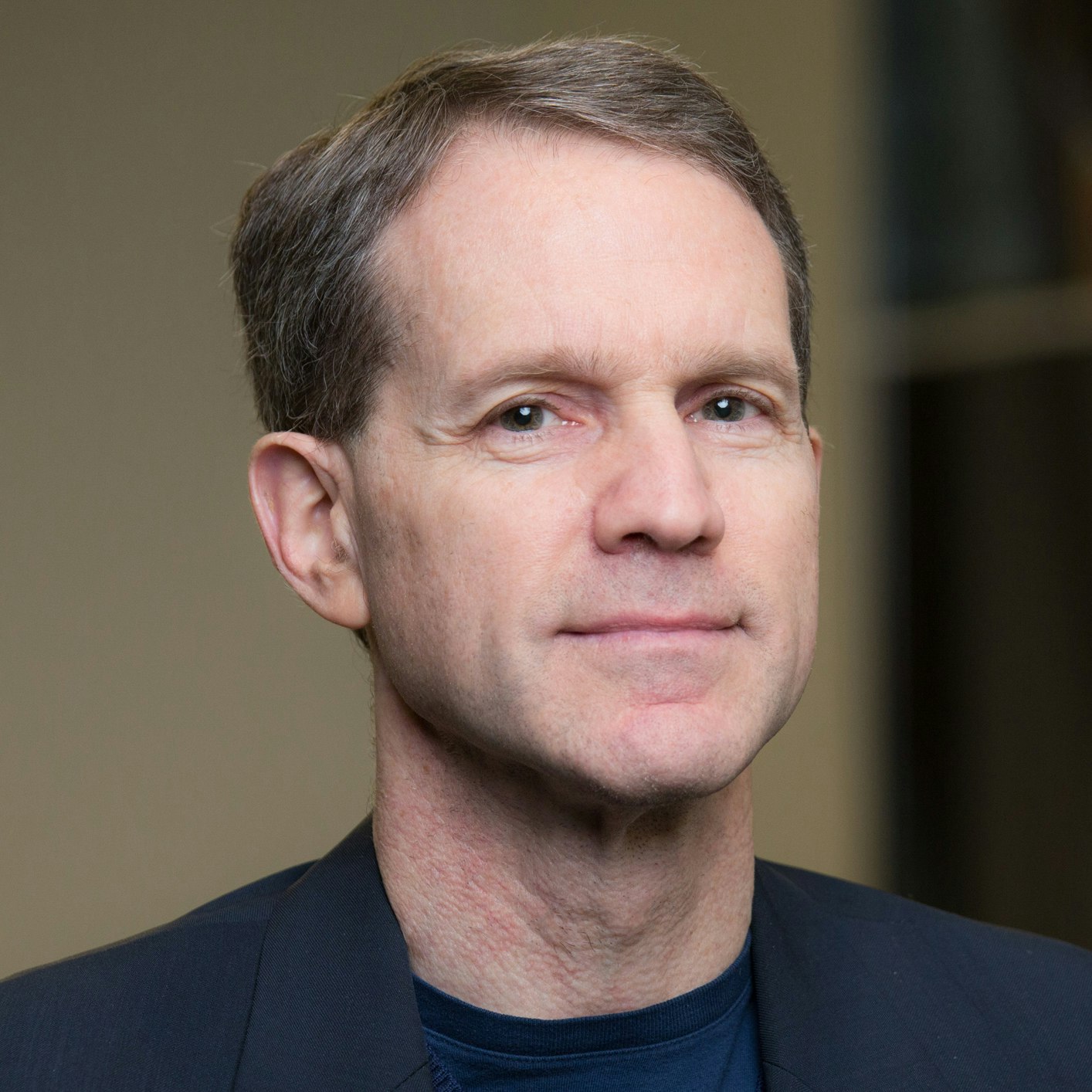Judgement in Phnom Penh
By Dina Nay & James Goldston
The following op-ed was published by Project Syndicate on June 26, 2006.
Phnom Penh, Cambodia—Three decades after the Khmer Rouge killed a quarter of Cambodia’s seven million people, a court to try the most responsible surviving leaders is set to open its doors.
Under an agreement between the United Nations and Cambodia’s government, 13 foreign judges and prosecutors have now been chosen to serve alongside 17 Cambodian counterparts. This eclectic group of jurists will begin, in the first week of July, an unusual experiment in international justice. Over the next three years, the aptly named Extraordinary Chambers will seek to produce a measure of legal accountability for one of the worst genocides of the 20th century. Among those likely to be tried are two of Pol Pot’s closest and most powerful cohorts: Nuon Chea, a Khmer Rouge party leader, and Ieng Sary, the former deputy prime minister for foreign affairs.
Given how long it has taken to get off the ground—on-again, off-again talks dragged out over nine years—this tribunal’s very existence is a cause for celebration. But the test of the trials will be whether they are—and are seen to be—fact-driven, impartial, and consistent with international standards.
For reasons of history and as a matter of law, both the Cambodian government and the international community share responsibility for making this court a success. To do so, they must address several major challenges.
First, unlike hybrid tribunals in East Timor, Kosovo, and Sierra Leone, international judges are a minority. (A “super-majority” voting mechanism will ensure that the vote of at least one international judge is needed to reach a judgment.) There are good reasons why mixed tribunals should have substantial national components. Nonetheless, this arrangement poses particular challenges in a country where the quality and independence of judicial decision-making have long been questioned.
Second, the length of time that has passed since the crimes—longer than 30 years, in some cases—far exceeds that for any comparable proceeding. Other war crimes courts have taken place in the immediate aftermath of conflict. Cambodia’s long delay complicates the task of preserving evidence, including human memory, which is so essential to proving guilt.
These structural impediments cannot be removed. But they can be partly overcome with intensive training in Cambodian and international law and complex investigative techniques. This must be reinforced by vigorous independent monitoring throughout the process.
Third, the court site is located in a military compound far from downtown Phnom Penh. If ordinary people are to observe this historic event, buses will have to transport them. The proceedings should be broadcast nationwide on radio and television. Civic groups and the court will need to develop creative outreach strategies to target the predominantly rural population to ensure that all Cambodians have the opportunity to understand these proceedings. At the very least, court staff should work with local groups to convene meetings about the trials, and the issues they raise, in communities across the country.
Fourth, in recent months opposition leaders and human rights activists have been subjected to criminal charges for speech critical of the government. Draft legislation seeks to make criminal defamation a permanent fixture, and includes new provisions making it an offense to criticize a court ruling.
Cambodia’s political leaders and donor states should do more to underscore the value of wide-ranging debate about the tribunal and the larger legacy of Cambodia’s civil conflict. Cambodian survivors of the Khmer Rouge recall the daily fear of criticizing that regime; it would be especially tragic if Cambodians did not feel free to express their views of the Extraordinary Chambers. Meaningful public engagement with the court requires an underlying environment that fosters—not punishes—the free expression of ideas.
Fifth, Cambodia has a shortage of highly qualified lawyers, because the legal profession was nearly wiped out by the Khmer Rouge. Yet, contrary to the practice in other international and hybrid war crimes courts, local law permits only Cambodian lawyers to represent the accused. For the sake of fairness and due process, this rule must be changed for the Extraordinary Chambers, so that international lawyers can contribute equally to the defense.
Finally, having generously contributed most of the tribunal’s funds, donor governments cannot just sit back and watch. They can best help the court by coordinating their actions, exercising robust oversight, and helping to identify—and, where necessary, solve—problems as they arise.
In addition, they may have to provide additional resources. The court’s bare bones budget of $56 million over three years does not cover basics such as a safe house for protected witnesses, transcripts of court testimony, or a library. It would help if the United States, which has yet to contribute to the Extraordinary Chambers, were to do so.
The Extraordinary Chambers marks a milestone in Cambodia’s effort to come to terms with an exceptionally violent period in its past. How the court performs matters deeply to the millions of Cambodians scarred by the crimes of the Khmer Rouge. At the same time, this court is the latest manifestation of an enduring worldwide movement—which extends back to Nuremberg—to end impunity for mass atrocities. Its capacity to render justice should be of paramount concern to us all.
© 2006 Project Syndicate
Dina Nay, a survivor of the Khmer Rouge killing fields, is the executive director of the Khmer Institute of Democracy.

James A. Goldston is the executive director of the Open Society Justice Initiative.